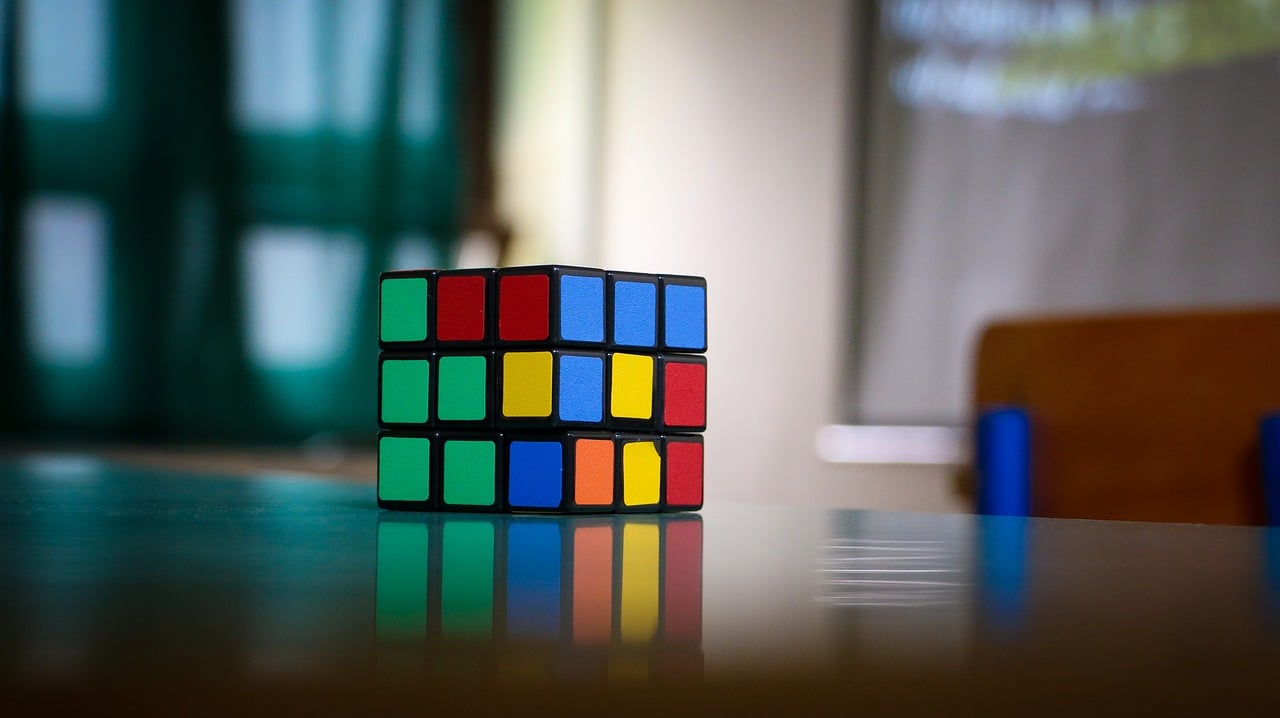In order to solve a Rubiks cube it takes logical thinking and the ability to quickly determine which row of tiles must be rotated in order to bring the colors all to one side. These puzzles come in many shapes and sizes, and have reduced some of the smartest people in the world to tears. However, according to a report from The Washington Post, a new AI system can now solve this puzzle in less than 1.5 seconds.
AI System That Can Solve A Rubiks Cube
The AI system, dubbed DeepCubeA, was created at the University of California. It uses algorithms to determine the least amount of moves necessary to solve a Rubiks cube. While it is not the first computer to solve the puzzle, this one is much different. DeepCubeA was not designed specifically for solving the Rubiks cube, but was actually designed to learn how to solve many different problems and puzzles. In the past, computer programs that were specifically designed for the Rubiks problem have been able to solve it in as little as 0.38 seconds.
What Sets DeepCubeA Apart
DeepCubeA is special, but because it has managed to simply solve a Rubiks cube. It is special because it taught itself HOW to achieve the solution. Pierre Baldi, the senior writer of the paper that released the information regarding DeepCubeA, says this makes it completely different from any other AI system on the planet. He says, “the solution to the Rubik’s Cube involves more symbolic, mathematical and abstract thinking, so a deep learning machine that can crack such a puzzle is getting closer to becoming a system that can think, reason, plan and make decisions.” The problem with other systems is that they were specifically designed for the purpose of solving the puzzle, which limited them to just that particular area of expertise. DeepCubeA does not have those limitations. This means the applications that an AI system like this could have extend far beyond the ability to quickly solve a Rubiks cube.
How Does It Work
The program that drives DeepCubeA uses what is known as reinforcement learning in the AI industry. It assigns a points system to the machine for solving problems. When the problem is solved more efficiently, more points are earned. When the system strays away from the goal, points are deducted. This motivates the machine to beat its score, much like a teen playing a video game over and over again in order to gain a higher rank. In the case of being able to solve a Rubiks cube, the AI system learns to use faster methods in order to achieve the desired end result and boost its point score. Random move choices will not work for solving the puzzle rapidly, so the machine learns to make deliberate moves that cycle it towards the desired objective as quickly as possible. DeepCubeA averages about 1.2 seconds on the Rubiks cube, but who knows what else such a program could help improve in the future. Imagine driving through a city where all the traffic lights were perfectly timed in order for each person on the road to reach their destination in the shortest amount of time. The world of AI systems is changing drastically, and it could very well be that we are on the verge of some major breakthroughs. Stephen McAleer is co-author of the paper and he says DeepCubeA, “is a small step toward creating agents that are able to learn how to think and plan for themselves in new environments.”





